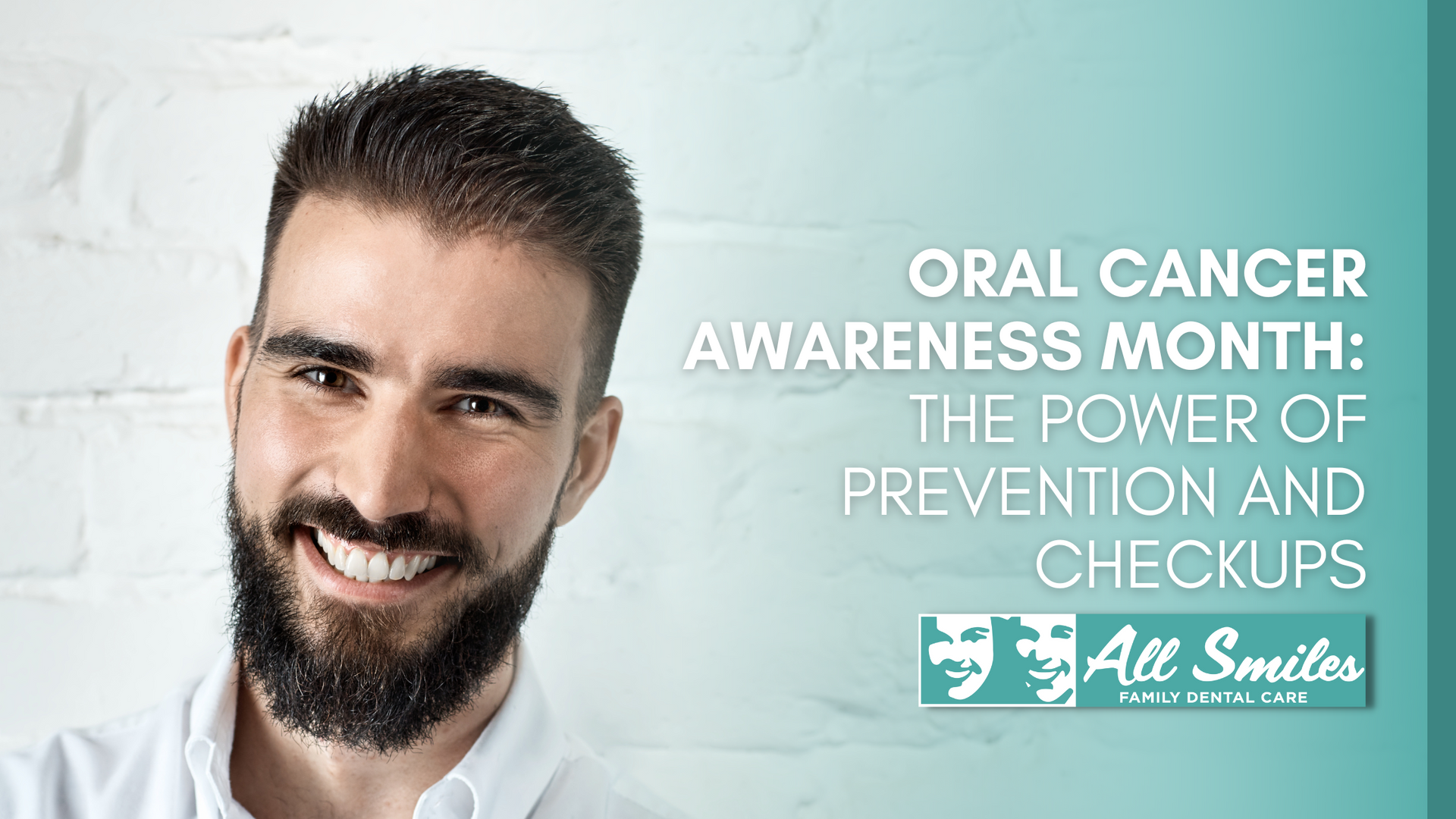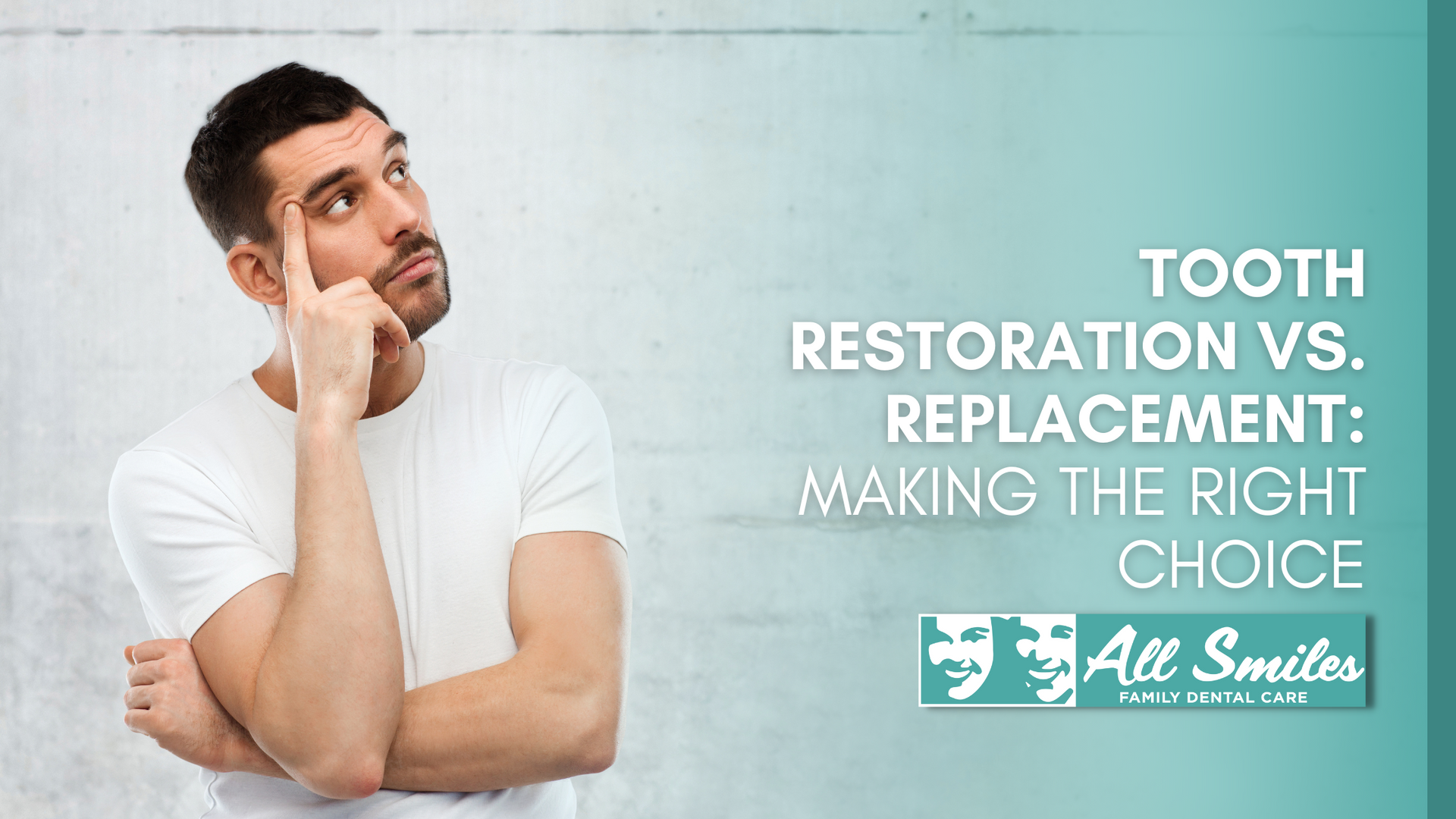What Are The Different Types of Malocclusion?
Whenever you visit a dental professional, it is not uncommon for the doctor or staff to use some terms that you may find difficult to understand, particularly when it comes to diagnosing problems and explaining treatment options. Chances are, if you or a member of your family have ever visited an orthodontist , you have experienced teeth that required straightening or a malocclusion.
What is Malocclusion?
A misaligned bite is also referred to as malocclusion. It means your teeth and your jaw do not line up naturally. This misalignment can cause undue stress on the way you move your mouth or make it more difficult to do basic activities such as eating and speaking. The good news is that malocclusions are treatable. The treatment plan and length depend primarily on the type of malocclusion and how much action is necessary to correct it. There are three main types of malocclusion classes.
What is Class I Malocclusion?
A Class I malocclusion is when the upper teeth stick out over the lower teeth, commonly called an overlap, but the bite is otherwise normal. There are many reasons why the upper teeth may overlap, including prolonged thumb-sucking or bottle use in childhood. An overlap may require minor correction with orthodontic appliances. There are three types of Class I malocclusion according to Edward Hartley Angle’s classification :
- Type I: The teeth angle toward the tongue.
- Type II: Includes narrow arches with the upper teeth sticking out and lower teeth leaning in toward the tongue.
- Type III: The upper front teeth angle toward the tongue and crowding is present.
What is Class II Malocclusion?
A Class II malocclusion is when the upper teeth stick out over the lower teeth and affect the overall bite alignment, also known as an overbite. This type of malocclusion is often severe enough that orthodontic intervention is recommended. While it may take a little more time to shape the bite to a more natural state, it is still possible to do so with the right appliances and approach to treatment. There are two divisions of Class II malocclusions that each includes a subdivision where the condition applies to the entire mouth:
- Division 1: The upper teeth are angled toward the lips.
- Division 2: The upper central incisors are angled toward the tongue.
What is Class III Malocclusion?
A Class III malocclusion occurs when the lower teeth stick out farther than the upper teeth, resulting in a severe underbite, but it can also include a crossbite, which may have a series of overlapping upper and lower teeth. Angle further classifies this malocclusion into three types:
- Type I: The alignment of the teeth is good in general, but there is an abnormal shape to the arch.
- Type II: The upper front teeth alignment is fine, but the lower front teeth lean toward the tongue.
- Type III: The upper arch is underdeveloped. The lower teeth have good alignment, but the upper front teeth lean toward the tongue.
Classification of the Malocclusion
Before beginning orthodontic treatment, you will need your malocclusion properly identified. Proper identification will guide the course of treatment to bring the teeth and jaw into proper alignment. It can also help to identify possible causes of malocclusion, especially if those causes include habits that need to be addressed first. Such cases can include things such as thumb-sucking, or ill-fitting dental appliances.
Malocclusion Treatment Options
At All Smiles, our orthodontists create a plan tailored to each patient to address misaligned bites and crooked teeth. Our effective treatment options include:
- ClearCorrect : A popular option for teeth straightening, ClearCorrect involves the use of aligners to fix Class I, II, and III malocclusions, as well as teeth that are too far apart. The aligners are custom fit to the patient’s teeth, and treatment includes a checkup every three weeks to receive a new aligner. Average treatment lasts a little over a year.
- Invisalign® : Another aligner treatment option that many adults and teens see success with. Patients must have a follow-up appointment approximately once a month to receive a new aligner. Treatment time for adults lasts about one year.
- Six Month Smiles® : Similar to braces , Six Month Smiles® is a wire and bracket system that helps to treat various malocclusions, particularly Class II and III. One of the greatest benefits of using this system is that the components are clear or we can match them to the color of the patient’s teeth to make them less visible. This is also one of our more affordable orthodontic treatment options.
A Consultation Is Just an Appointment Away
Though they may cause concern at first glance, malocclusions are conditions we can treat at All Smiles
. With a detailed assessment and consultation, we can help you come up with a plan to acquire the smile you deserve. To set up a consultation or to find out more about our orthodontic treatment services, contact us today.
The post What Are The Different Types of Malocclusion? first appeared on All Smiles Dentistry.



